#sarcodon squamosus
Photo



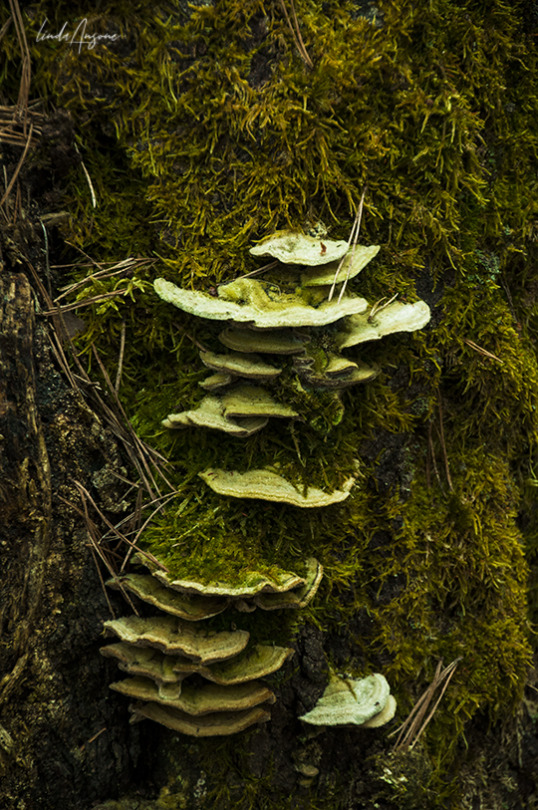
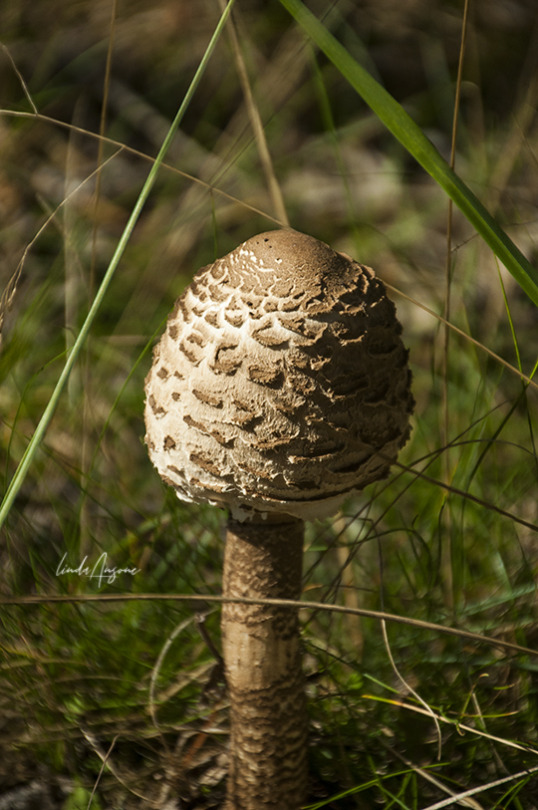



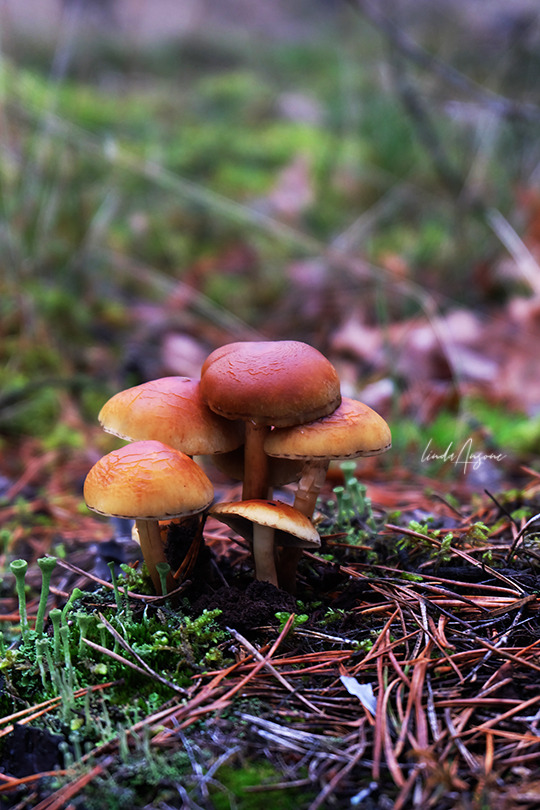
Happy International Mushroom Day!
#mushrooms#fungi#mycology#mushroom photography#nature#nature photography#original photography#russula#gyromitra esculenta#leccinum aurantiacum#lenzites betulina#macrolepiota procera#sarcodon squamosus#hypholoma fasciculare
666 notes
·
View notes
Note
Hi :-)
Could you make a FOTD post about Sarcodon squamosus?
PS: Love your Blog! <3
FOTD #054 : scaly tooth! (sarcodon squamosus)
the scaly tooth is an agaric fungus in the family bankeraceae. it often grows in fairy rings near pine heaths :-) the mushroom is famously used as a source of blue, teal & green dye in maturity !!
the big question : can i bite it??
yes !! this mushroom is edible & has a mild taste.
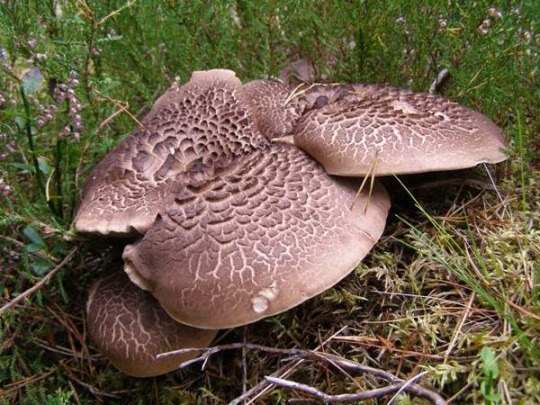

s. squamosus description :
"the cap is 10 to 15 cm wide, shallowly funnel-shaped. the colour is gray-brown to black. the pileipillis has dark scales that are placed in concentric circles."
[images : source]
[fungus description : source]
"thank you for the kind words !! i'd never heard of this fungus before now."
#• fungus of the day !! •#[sarcodon squamosus]#: scaly tooth :#054#||#sarcodon squamosus#scaly tooth#mushroom#mycology#fungus#mushrooms#cottagecore#nature#forestcore#earth#fungi#foraging#fotd#fungus of the day
95 notes
·
View notes
Note
What were your dye/color thoughts?
In response to this beautiful art of Fingon by @welcomingdisaster
Some of my other dye posts: x, x
I was just thinking about the various plants and other materials that could be used to create blue dyes and where they could be found in Beleriand and Valinor (*according to Tolkien all species of plants and animals can be found in Valinor through the various gardens, the pastures of Yavanna, etc but I still have thoughts on where in Valinor)
Indigo plants would likely be the primary source of blue and purple dyes in Valinor.
It’s possible some seeds were brought to Beleriand either from Valinor or through trade with peoples East of the Ered Luin where it could also likely grow. It’s originally native to tropical and subtropical environments but has been naturalized in temperate climates as well. While it is unlikely to thrive in the colder regions such as Hithlum, it might be grown in Ossiriand, Nevrast or other warmer regions.
Woad, also known as dyer’s woad or dyer’s weed is more widely available in temperate regions and was likely a primary source of blue dyes in first age Beleriand. It grows in scrubland and could be found throughout Eastern Beleriand and parts of further south western Beleriand and possibly naturalized even further through trade. I imagine most humans in Beleriand would probably use this for blue dyes.
Dyer’s knotweed is another plant whose leaves have been used to create blue dyes. Given the climate it grows in, I would imagine it could be found in Dorthonion and northeastern Beleriand
There is also a mineral formed from iron called Vivianite which has been used to create blue pigments. I can see this being used particularly in Eastern Beleriand where deposits were likely more accessible or through trade with dwarven groups in the Ered Luin.
I like to think of this being used in Himring and Thargelion.
Finally, Sarcodon squamosus is notable for being the only mushroom species that we currently know of that can create a true blue dye. It’s found primarily in Pine Forest, so this is another possibility for some thing that could’ve been found in Dorthonion as well as possibly some montane forest throughout the continent. We know that the elves generally did not eat mushrooms although I don’t know if I necessarily wanna go with that is Canon and it’s from the nature of middle earth however, they could’ve still used them for non-food materials. I have a lot of thoughts on the Bëorians and dyeing which comes up here again
Note: Murex snails have historically been used to create royal purple and hyacinth 🪻 blue however I do not believe they would be widely used by the elves as production involves either harming or destroying the animals in large numbers. It takes an inordinate amount of these snails to extract even a tiny amount of the dye. It is possible to extract small quantities of the substance (a mucous secreted by the snail when aggravated) without causing it harm so some seafaring elves like the Teleri might use it, I really enjoy the possibilities of the Teleri using venoms from various sea creatures….
Anyways, I really love world building so if anyone wants to hear about all the possibilities for another color or any other questions, let me know!

17 notes
·
View notes
Text

Found on a fresh autumn walk in the woodland- possibly some form of Sarcodon fungus, most likely Sarcodon Squamosus.
#mushroom#mushrooms#mushroom identification#fungi#fungicore#fungi identification#mycology#cottagecore#cottage vibes#mushroom photography#poisonous mushrooms#mushroom foraging#foraging#foragers#foragecore#woodland vibes#woodland#woods#forest aesthetic#forest floor#forest cottage#deciduous forests#forestcore#goblincore#fairytale aesthetic#fairycore#autumn leaves#autumn photography#autumn aesthetic#fall
11 notes
·
View notes
Photo
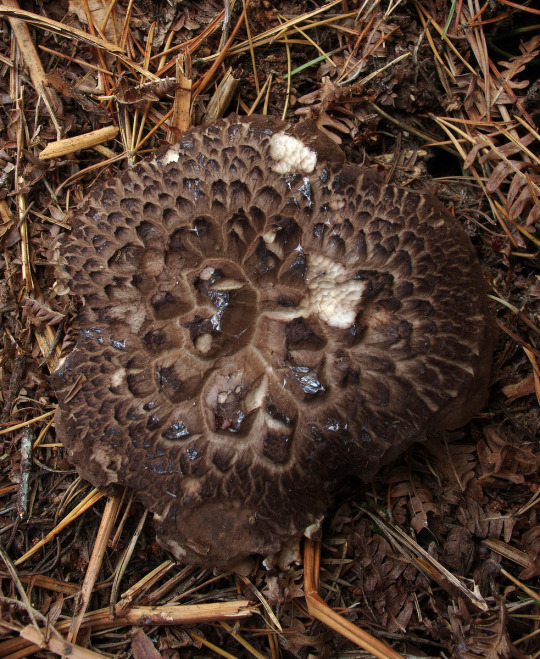
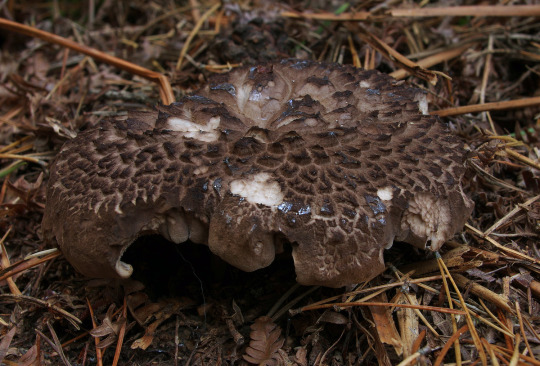
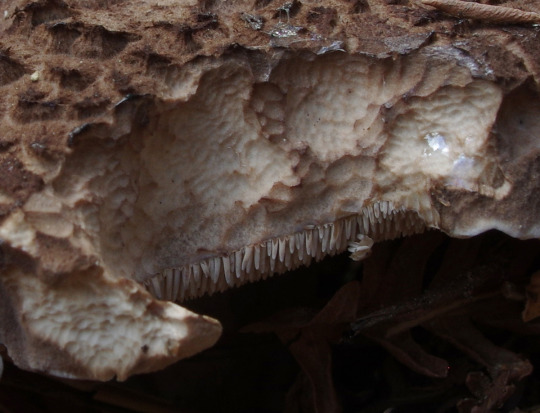
Scaly hedgehog mushroom - Sarcodon squamosus. British distribution is mostly restricted to the Caledonian pine forests. I found this one by Loch Garten. It can be used to produce some nice blue-green shades of fabric dye.
18 notes
·
View notes
Note
Are there particular species of trees edible mushrooms like growing near? For example, the way truffles are generally found under oak trees? (I hope I got that right!)
Yes, you are right. A symbiotic association between a fungus and a plant is called mycorrhiza. Different mushroom species will choose different trees, however, the type of soil plays a big part, too, and not every species is super picky. Some will grow under/on both deciduous and coniferous trees.
Examples:
Boletus edulis - spruce.
Boletus pinophilus - pine.
Boletus reticulatus (syn. B. aestivalis) - oak trees.
Boletus projectellus (syn. Boletellus projectellus) / Aureoboletus projectellus) - pine.
Boletus betulicola/ B.edulis var. betulicola - birch trees.
Leccinum albostipitatum - aspen.
Leccinum aurantiacum - aspen.
Leccinum versipelle (syn. L. testaceoscabrum) - birches and spruce.
Leccinum duriusculum - birches and aspen.
Leccinum vulpinum - pine.
Leccinum melaneum (syn. L. roseofractum) - birch trees.
Leccinum variicolor - birch trees.
Leccinum niveum (syn. L.holopus) - birch trees.
Leccinum crocipodium (syn. Leccinellum crocipodium) - oak trees.
Leccinum scabrum f.oxydabile - birch trees.
Leccinum aurantiacum f.quercinum - oak trees.
Suillus granulatus - pines.
Suillus luteus - pines.
Suillus flavidus - pines.
Suillus grevillei - larches.
Suillus viscidus (syn. S.aeruginascens) - larches.
Suillus cavipes (syn. Boletinus cavipes) - larches.
Suillus variegatus - pines.
Suillus bovinus - pines.
Lactarius deliciosus - pines.
Lactarius deterrimus - spruce.
Lactarius trivialis - spruce and birches.
Lactarius camphoratus - spruce.
Lactarius torminosus - spruce and birches.
Lactarius scrobiculatus - spruce.
Lactarius necator (syn. Lactarius turpis) - spruce and birches.
Lepista nuda - spruce and linden trees.
Tricholomopsis rutilans - pine and spruce.
Cantharellus cibarius - spruce, pine or birch
Sarcodon squamosus - pine trees.
Gyromitra esculenta - pine trees.
Coprinus comatus - grasslands.
64 notes
·
View notes

